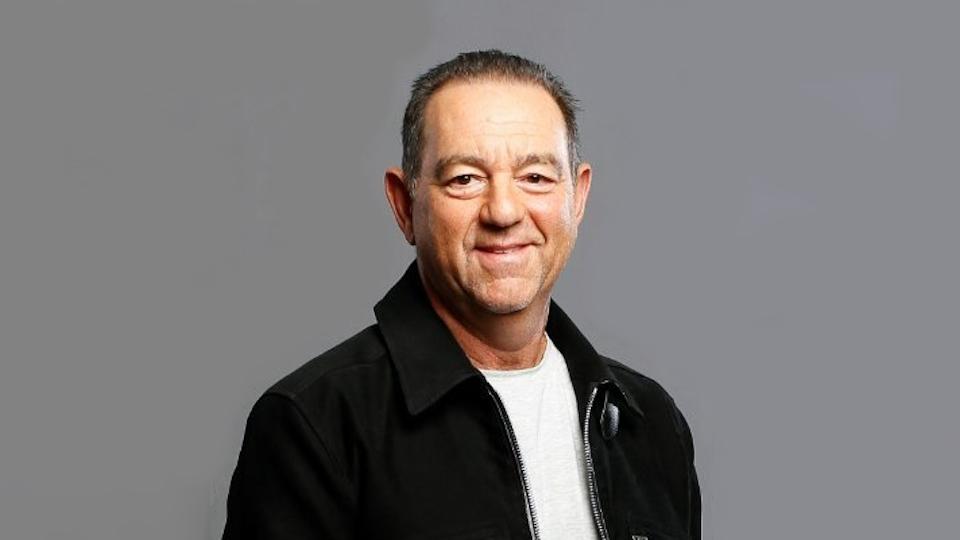The Game Changer – 3D in Healthcare Apps

Are healthcare apps really changing the healthcare landscape? Ashish Khera discusses the trends, the extent to which apps are affecting the industry and the use of 3D in anatomy-related medical apps.
Mobile health (mHealth) solutions have been under discussion since the 1990s. The benefits, for patients and doctors alike, are obvious. For example, they enable doctors to use mobile phones to remotely monitor the health of their patients, improving healthcare delivery by:
• Easing the life of the patient (don't have to stay at home)
• Allowing doctors to reduce regular visits
• Enabling hospitals to reduce their bed capacities ( patients can leave hospital earlier)
• Allowing health insurance providers to reduce their case-related expenses
• Improving treatment outcomes through improved patient compliance.
However, although the initial projections and trials for mHealth were encouraging, the idea never really took off in the early days. Primarily, this was because of a lack of specialised devices which were capable of such data capturing and monitoring. A decade later, during which time healthcare costs increased drastically, mobile health applications, commonly known as apps, started making a comeback. And this time they had an ally – the smartphone.
Smartphones (and other mobile devices) provided the perfect platform for data capturing and monitoring that was lacking in the 1990s. As smart-phones became more and more easily accessible, the technology built around them continued to grow, so much so that there are over 100,000 mHealth apps today1.
As healthcare consumers become more actively involved in managing their own health, companies are looking at better ways to increase user engagement. It is estimated that smartphone apps will help mHealth solutions reach 500 million of the 1.4 billion smart-phone users by 2015. Many of these apps compete with medical technology that can often only be found in a hospital or doctor's surgery. (Some of these are even regulated by government bodies, requiring that they only be purchased with a doctor's prescription.)
"mHealth apps facilitate patients' access to their own health information and empower them to manage their health more actively"
Of increasing importance is the fact that mHealth apps allow the collection of considerable amounts of medical, physiological, lifestyle, daily activity and environmental data to provide the basis for evidence-based practice and research activities. They also facilitate patients' access to their own health information and empower them to manage their health more actively, while supporting them to live more independently in their own homes.
MHealth apps can also help the healthcare workforce to be more efficient and cost-effective by supporting real-time communication with patients, e.g. via the exchange of app users' data. They also allow more medical and care interventions to be conducted remotely or by the patients themselves, guided by monitoring and reporting systems, thus reducing hospitalisation and providing an efficient method of managing chronic diseases. So not only are consumers taking advantage of smartphones to manage and improve their own health, but a significant number (43 per cent) of mHealth applications are also being designed for, and operated by, healthcare professionals2.
The mHealth apps market is classified into 'health apps' and 'medical apps'. Health apps comprise exercise, weight loss, nutrition, sleep and meditation, and medication reminders which all encourage adherence to healthier lifestyles.
Medical apps, on the other hand, are segmented into:
• Medical reference apps that provide information about drugs and how to take them, diseases and symptoms, and the locations of pharmacies or doctors
• Medical condition management apps that track, display and share the user´s health parameters, medication intake, or provide information on a specific health condition such as diabetes, mental health or asthma.
A lot of such apps have increasingly started using 3D technology to illustrate human anatomy, give users a better perspective of the functioning of the human body, and general awareness about certain diseases and conditions. In certain cases, 3D technology is used to explain to patients the treatment options for diseases like prostate cancer or brain disorders.
"MHealth apps will probably not replace healthcare professionals . . . but rather serve as a supportive tool for managing health conditions"
Over time, mHealth apps will be used systematically in healthcare and, ultimately, will become fully integrated components of healthcare management. MHealth apps will probably not replace healthcare professionals, who remain central to providing healthcare, but rather serve as a supportive tool for managing health conditions.
MHealth solutions have the potential to change patients from being largely passive to taking a more participative role, encouraging them to take more responsibility for their own health. They will also raise people's awareness of health issues through easy-to-understand information, thus helping them to take more informed decisions.
This shift towards patient-centric care will inevitably change the healthcare service. Is it ready for this change? Only time will tell. However, the explosion in the number of mHealth apps suggests patients are already embracing this technologically-assisted approach to self-managed care.
References
1. http://blogs.deloitte.co.uk/health/2014/05/in-december-2012-the-deloitte-centre-for-health-solutions-report-telecare-and-telehealth-a-game-changer-for-health-an.html
2. http://research2guidance.com/500m-people-will-be-using-healthcare-mobile-applications-in-2015/
About the author:
Ashish Khera is a bio-mechanical engineer from Carnegie Mellon university. He has over 15 years' experience in Fortune 500 medical device/pharma industry and is the co-founder of Scientific Animations, a premium medical animation studio supplying animation needs worldwide.
Have your say: To what extent will mHealth solutions help health services and patients?












